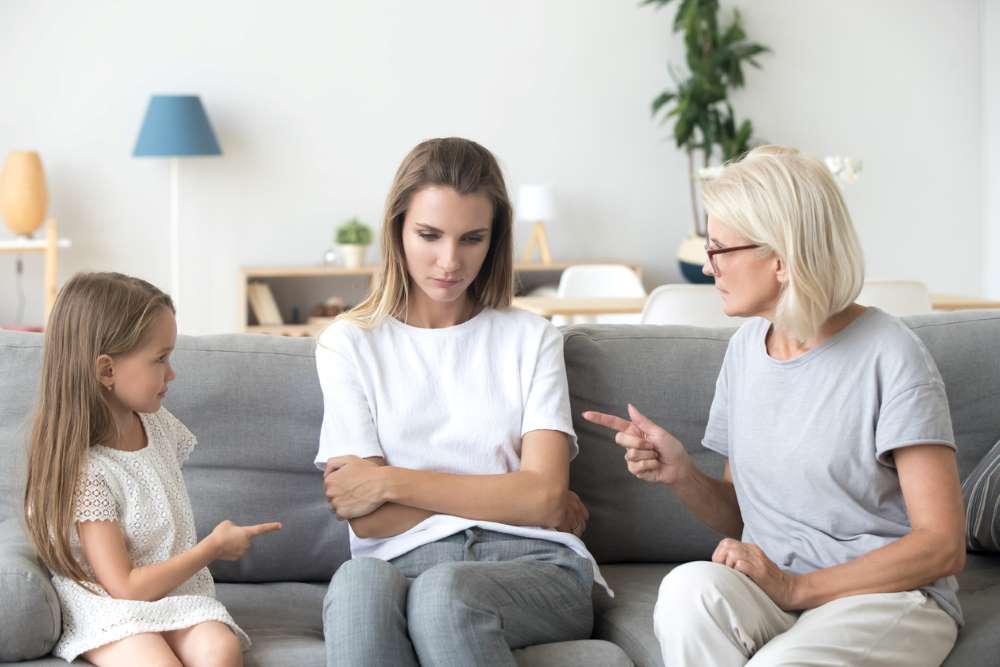
No matter the age of your children, it’s important to teach them about safety both when they’re out and about and at home. While we often teach our kids about personal safety when they’re interacting with others, we may neglect home safety. When your kids are younger, home safety is important to help them develop and learn about the world around them and to learn risk management. As your kids get older, they may start spending time home alone, so the safety advice they receive from you can be life-saving. The following are some important areas of home safety to make sure your kids are aware of.
Fire Safety
You should regularly speak to your kids about what to do during a fire. If you’re in a home that’s burning, you may only have 30 seconds to escape safely. Every family should have a fire escape plan, and you should go over it and practice it frequently. Your family’s fire safety plan should include two ways to exit each room in your home. Teach your kids how to evaluate if an exit is safe, and give them a plan for what to do if they think the exit isn’t safe. Remember to teach your kids to check doors before they open them. There should always be a plan B if a door feels hot. Talk about how to open windows and designate a place for the family to meet outside of the home. Teach children that if there’s a fire, they should never try to go back inside to get anything or rescue anyone.
Keeping Doors Closed
Something you can teach even young children that’s important for safety is to keep doors closed at all times. Teach your kids to get in the habit of always closing the door behind them. This helps your kids learn how to protect themselves from outsiders, even if they don’t understand that’s why they’re doing it. As your kids get a bit older, go over locking the door with them, and making sure they get in the habit of always doing that as well. Along with this goes teaching your kids never to open the door for strangers. Teach kids that if someone they don’t know rings the doorbell, they should remain quiet and not open it. This is especially true if your kids are older and are going to be staying home alone. You might install exterior security cameras so everyone in the family can see who’s outside.
Create an Escape Plan
Along with your fire escape plan, you might also want to create an escape plan if there’s a burglary, or perhaps some other type of emergency situation. The goal of an escape plan is to teach your children the fastest way to get out of the house.
Avoiding the Medicine Cabinet
Your medicines should be out of reach of children, and perhaps even locked up. Even when you take these safety precautions, you should teach your kids to stay away from medicine cabinets. Your kids need to learn that they can be hurt or killed if they take something without knowing what it is.
Contact Information
You should have an accessible list of important contact information. Teach your child how to use a cell phone to dial numbers of the contact list. Practice with your child to see if they’ve memorized emergency phone numbers. Even fairly young children should learn their full names, your full name, and your address.
Sharing Personal Information Online
As parents, we’re in a troubling time in some ways because of the digital era. Strangers have access to kids when kids are in their own homes through social media. Go over social media safety with your kids when they’re old enough. Help them understand the risks of technology and the possible dangers that could be out there. The older your kids get, the more in-depth you may want to go with teaching them online and technology safety.
Water Safety
Most drownings happen at home, and if a child is under the age of six, they could drown in just a few inches of water. You don’t want children to learn to be afraid of water, but you do want them to learn to be properly cautious. Along with drowning, another thing to teach kids about is hot water. For example, if your child tries to run their own bath, they could burn themselves. Kids can learn general floating techniques and then when they’re ready, graduate to swimming lessons. Water safety and swimming lessons are important to child development. Without them, kids might develop a phobia of the water. With lessons, kids can feel comfortable around water but can behave safely.
Age-Appropriate Safety Lessons
You’ll have to gauge what your child is developmentally ready for as far as home safety. For example, young children can learn to turn deadbolts, and also start to learn more about what’s off-limits in the home. You can teach kids to walk slowly when they’re in slippery areas like wet bathroom floors, and never to open a door without an adult being with them. As your kids get older, you can focus on fire safety and more advanced water safety. When a child is elementary-aged, it’s probably a good time to start talking about online and social media safety and how to respond to emergencies. Start working with your child on strategies to solve problems that might occur around the house, such as using a fire extinguisher. Older kids can learn how to arm and disarm your security system if you have one.
Teens can learn anything about home safety that you might know as an adult. You want kids to feel comfortable that if they were home alone and something happened, they would know how to deal with the situation. It’s never too soon to start teaching kids about home safety. We often teach our kids about personal safety, which is also necessary, but home safety is critical.



























